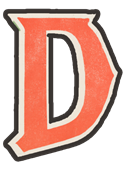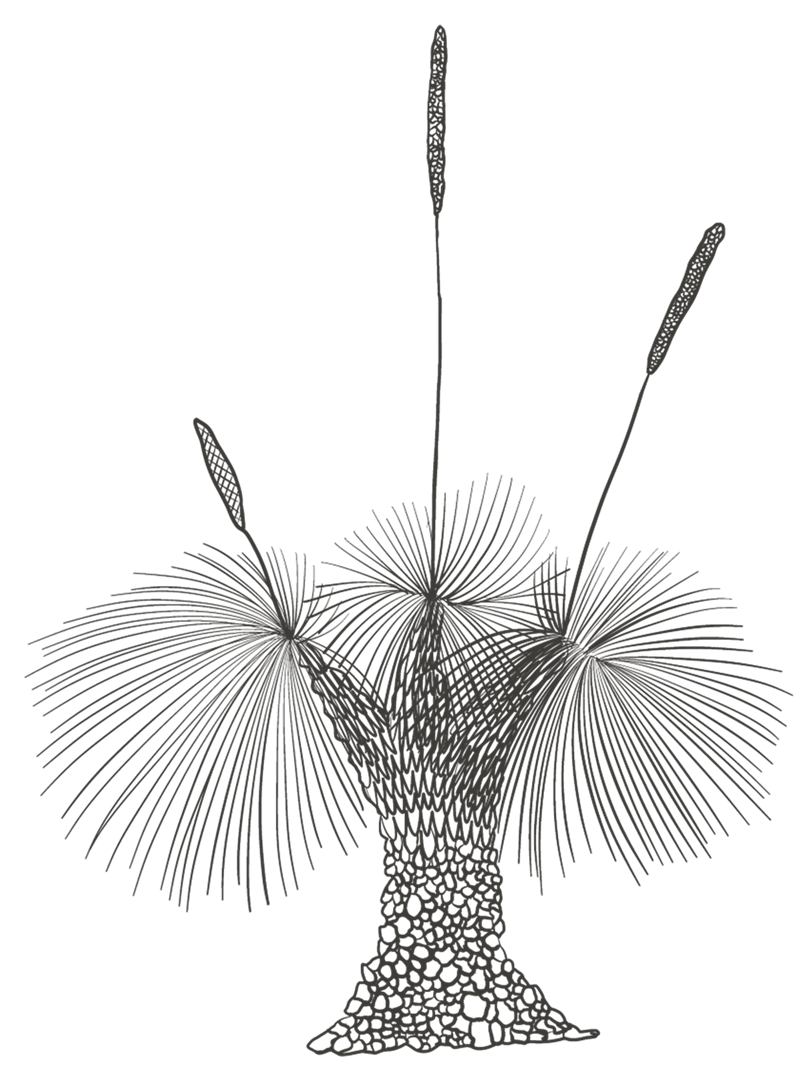…and back to the rushes of Kogerah
The berewalgal initially named Kogerah, Blackburn Cove, after David Blackburn, the sailing master of the First Fleet ship HMS Sirius. They marked their nautical surveys with ‘F. [fresh] water’ at the entrance to the bay, and soon they cut the rushes of Kogerah to make thatches for their roofs. It became known as Rushcutters Bay.1

'Chart of Port Jackson New South Wales as survey'd by Capt.n John Hunter, 1788'
Drawn from the original by George Raper, State Library of NSW, Z/M2 811.15/1788/1
In his despatch dated 9 July 1788, Governor Arthur Phillip described an incident between ‘rush cutters’ and Aboriginal people:
The 30th May two men employed collecting thatch at some distance from the camp [Sydney Cove] were found dead; one of them had four spears in him, one of which had passed through his body; the other was found at some distance dead, but without any apparent injury. This was a very unfortunate circumstance, and the more, as it will be impossible to discover the people who committed the murder. These men had been seen with one of their canoes, but I was not informed of that circumstance for some days.
Though I did not mean to punish any of the natives for killing these people, which, it is more than probable, they did in their own defence, or in defending their canoes, I wished to see them, and as they had carried away the rushcutters’ tools, I thought they might be found out, and some explanation take place, for which purpose I went out with a small party the next day, and landed where the men were killed; but after traversing the country more than twenty miles we got to the north shore of Botany Bay without meeting any of the natives. There we saw about twenty canoes fishing….
Having reason to believe that one of the natives had been murthered [sic, murdered] and several wounded, which, it is probable, occasioned the attack on the rushcutter, I have promises to emancipate any convict that will discover the aggressors; it will, I hope, at least prevent anything of this kind in future.2
Judge advocate, David Collins, noted two bodies were found by an officer ‘who had been collecting rushes in a cove up the harbour’. He wrote:
As it was improbable that these murders should be committed without provocation, inquiry was made, and it appeared that these unfortunate men had, a few days previous to their being found, taken away and detained a canoe belonging to the natives.3
Although it is not clear exactly where this incident took place, it records one of many of the clashes between Aboriginal people and the berewalgal soon after they laid anchor and began transforming Warrane, disrupting a connection to Country that Aboriginal people had enjoyed for generations.

Sydney from Darlinghurst, c1818
‘Drawn by a convict’, Joseph Lycett, c1818, State Library of NSW, SAFE/PXE 1072
The berewalgal brought animals from their distant lands, allowing them to graze in cleared, open paddocks. The picturesque Hawkesbury Sandstone was quarried on the foreshore and on the outskirts of town, convict gangs worked in shingling parties and in sawpits and brickfields.4
They used old Aboriginal ma-ro (tracks or pathways) to cross the bush. One such ma-ro crossed from the ridge of Oxford Street at Darlinghurst Gaol and down to Rushcutters Bay, crossing the creek around Bayswater Road. Another ma-ro was located close to Liverpool Street ran down to Rushcutters Bay.5
Read the next part of the story.
Obed West, ‘Old and New Sydney’, Sydney Morning Herald, 12 October 1882, 9, http://nla.gov.au/nla.news-article13522182. ↩︎
‘Governor Phillip to Lord Sydney, Despatch No. 4, 9 July 1788’ in Historical Records of Australia, edited by Frederick Watson, Vol. 1, Series 1 (Sydney, NSW: Library Committee of the Commonwealth Parliament, 1914), 48-50. See also West, ‘Old and New Sydney’, http://nla.gov.au/nla.news-article13522182. ↩︎
David Collins, An account of the English colony in New South Wales: with remarks on the dispositions, customs, manners, &c. of the native inhabitants of that country. To which are added, some particulars of New Zealand… (London, UK: Printed for T Cadell Jun. and W Davies, 1798-1802), Vol I, 30-31 (State Library of NSW, Q79/60) ↩︎
Grace Karskens, The Colony: A History of Early Sydney (Sydney, NSW: Allen and Unwin, 2010), 74. ↩︎
Paul Irish, ‘Aboriginal Paddington’ in Paddington: A History, edited by Greg Young (Sydney, NSW: NewSouth Publishing, 2019), 21 and Mark Dunn, ‘Walking Darlinghurst’ in Anna Clark, Gabrielle Kemmis and Tamson Pietsch, eds., My Darlinghurst (Sydney, NSW: NewSouth Publishing, 2023), 16. ↩︎

